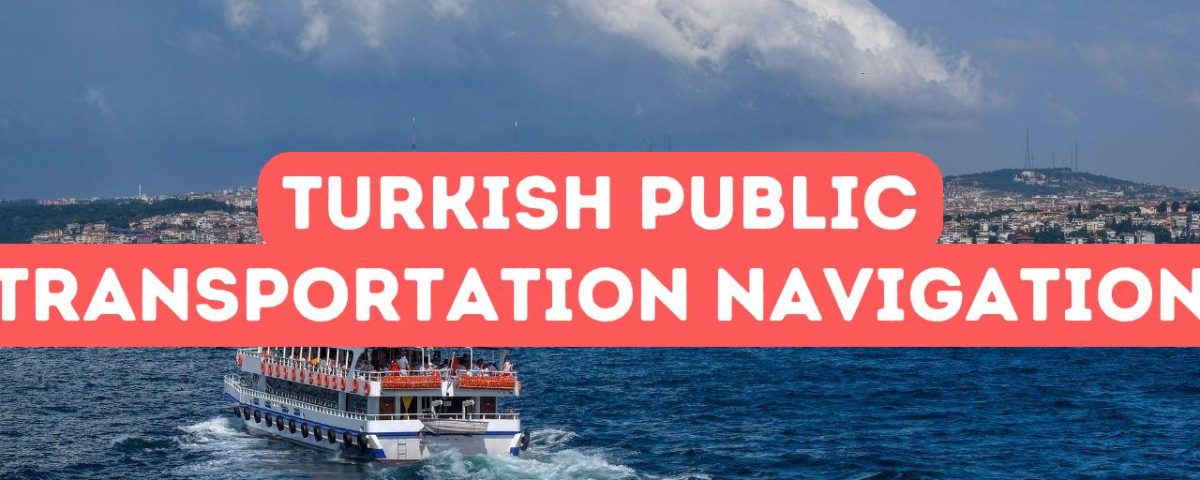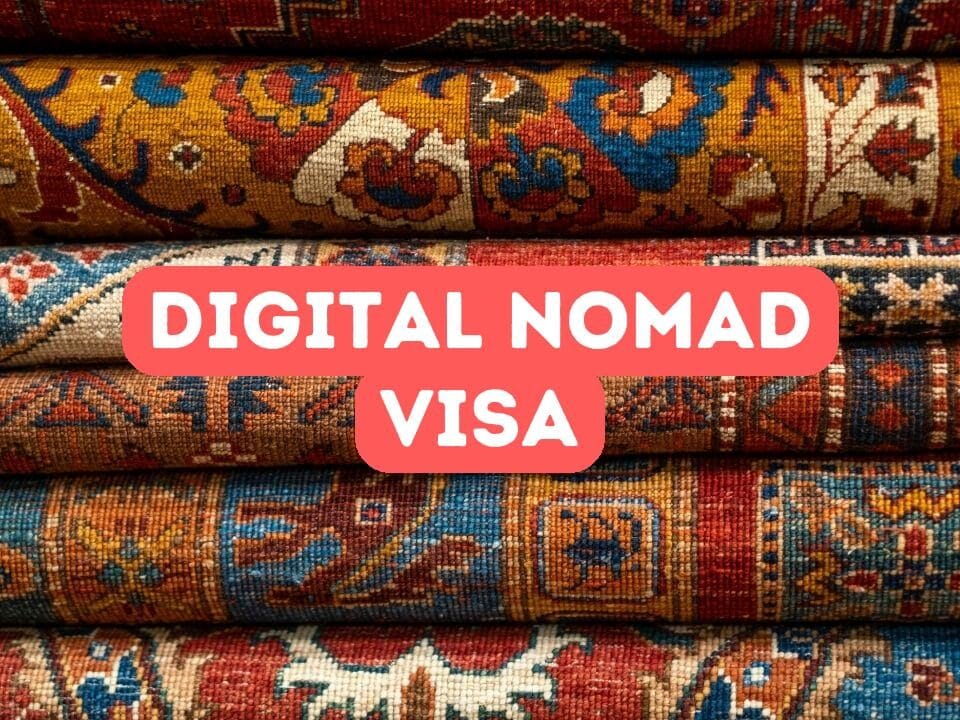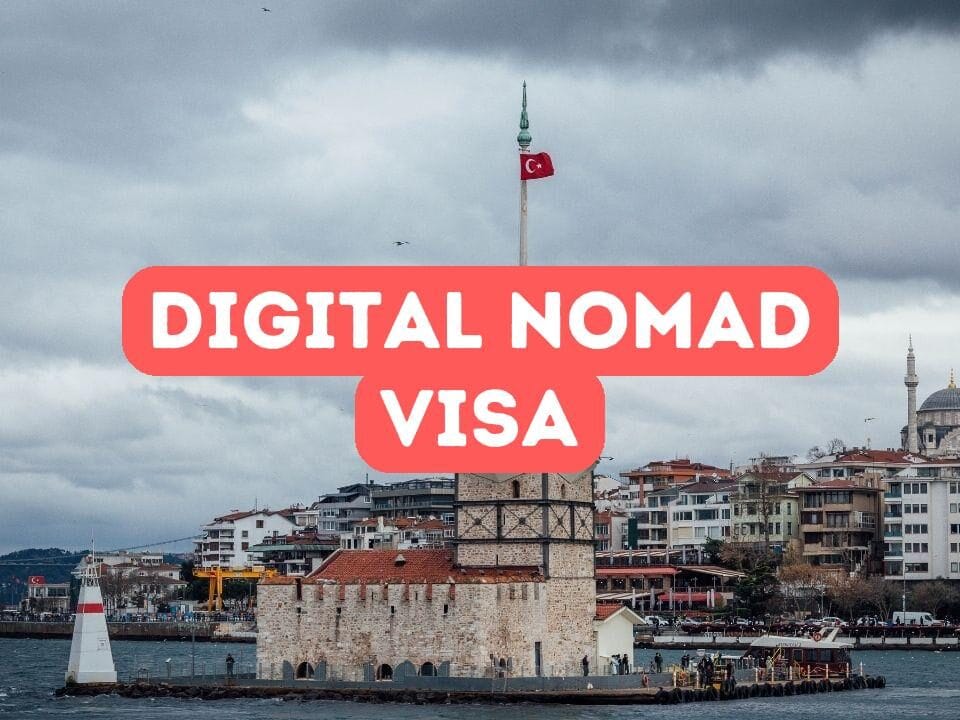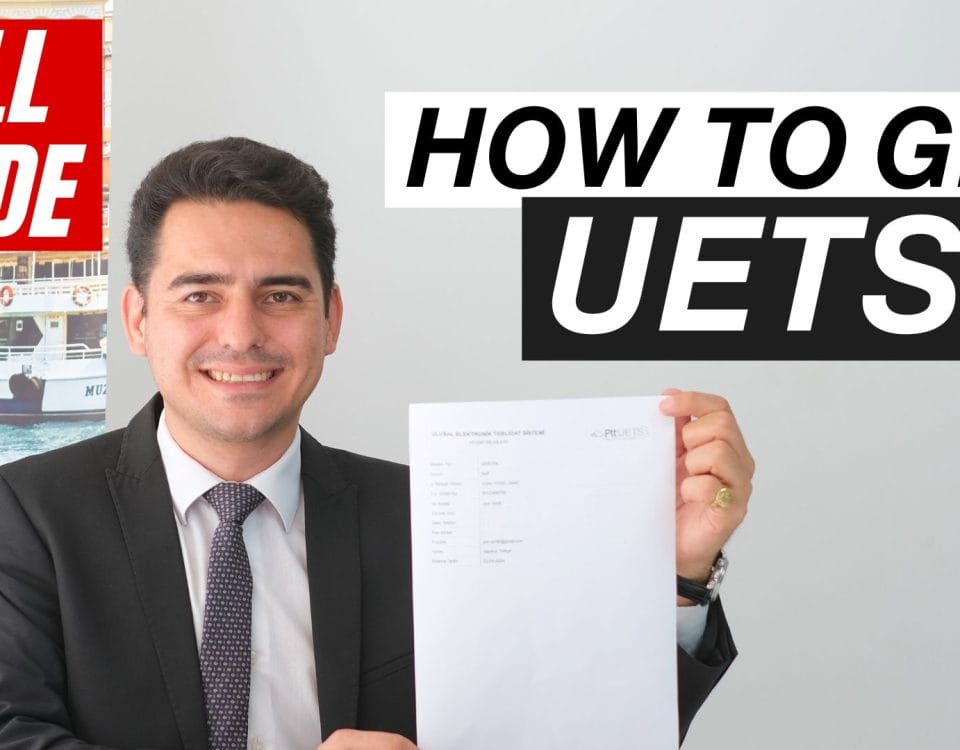Mastering Turkish Public Transportation: Routes, Tickets, and Navigation
Navigating the intricate web of Turkish public transportation can be a daunting task for both newcomers and seasoned travelers alike. With its rich network of buses, metros, trams, ferries, and minibuses, mastering the movement through Turkey’s bustling cities and picturesque towns is both an art and a science. This comprehensive guide is designed to demystify the complexities of Turkey’s transit systems, offering insights into the most efficient routes, cost-effective ticketing options, and user-friendly navigation tools. Whether it’s understanding the nuances of Istanbul’s Metrobus and ferry lines, deciphering the fare structures in the capital city of Ankara, or exploring the coastal routes of Izmir, this guide provides the essential knowledge needed to travel with confidence throughout this vibrant and diverse country. Prepare to embark on a smooth journey across the crossroads of Europe and Asia, equipped with the expertise to make public transportation in Turkey a part of your next adventure.
Deciphering Turkish Transit Maps: A Comprehensive Guide
Deciphering Turkish transit maps requires a keen eye and a little patience, but once you master the skill, the country’s transportation network becomes your gateway to exploration. Within major cities like Istanbul, Ankara, and Izmir, transit maps are color-coded and available in both English and Turkish at metro stations, ferry terminals, and on many smartphones through dedicated apps. They clearly mark the lines – be it metro, tram, or ferry – with specific symbols indicating stops, transfer points, and notable landmarks. For an even smoother navigation experience, look out for interactive kiosks and digital information boards that offer real-time updates on service status, which can be immensely helpful during peak hours or when service disruptions occur. Familiarizing yourself with these maps and real-time tools is a cornerstone in confidently traversing the dense and dynamic tapestry of Turkish public transport.
Aside from language, the understanding of certain symbols and certifications can greatly enhance your shopping experience. Look for the ‘Helal’ certification, which indicates the product meets Islamic dietary laws—essential for those adhering to Halal food guidelines. Organic products are marked with ‘Organik,’ a signifier of adherence to strict agricultural and processing standards. Additionally, geographical indications such as ‘Coğrafi İşaretli’ highlight regional specialties that are protected due to their unique heritage and quality, such as Aegean olives or Antep pistachios. Familiarizing yourself with the Turkish Standards Institution (TSE) logo can also assure you of a product’s quality and safety, providing a level of trust in the authenticity and craftsmanship behind your selections.
With the foundations laid from understanding transit maps and their symbols, you’re ready to tackle the actual journey. What remains is reconciling the routes you see on the map with the real-world geography of Turkish cities. Look for the ‘Durak’ signs, denoting bus and minibus stops, and the corresponding route numbers. Apps like Trafi or Moovit offer comprehensive, step-by-step guidance that syncs with the actual transit times and locations, making them indispensable travel companions. Additionally, Istanbul’s public transport authority, İETT, provides an online ‘Transport Map’ to interactively plan trips across multiple forms of transit, including sea buses and tunnels. By cross-referencing these digital aids with physical maps and signage, you’ll find yourself weaving through the city with the finesse of a local, turning what once seemed like a maze into a structured network that gets you from point A to point B with ease and efficiency.
Simplifying Ticket Systems for Efficient Travel in Turkey
Before diving into the bustling streets and scenic routes of Turkey, it’s crucial to grasp the different ticketing systems employed across various modes of public transport. For most city buses, metros, and trams, Turkey uses a token-based system or reloadable smart cards such as Istanbulkart in Istanbul, or Ankarakart in Ankara, which can be purchased and topped up at kiosks, special vending machines, and at some retail shops. These cards are not only cost-effective, offering significant savings over single journey tokens with their pay-as-you-go structure, but they also facilitate seamless transfers between different lines and modes of transportation. Travelers can benefit from the convenience of one unified form of payment and avoid the hassle of buying separate tickets for each ride, making getting around Turkey’s cities much more efficient and streamlined.
To further streamline your travel experience, it’s important to familiarize yourself with the mobile applications that complement these smart cards. Many Turkish cities have their own dedicated apps that allow users to check balances, top-up credits, and even plan routes. For instance, the ISTANBUL MOBİETT app provides real-time updates on bus schedules and the shortest paths to your destination, while the Ankarakart Mobil app lets you manage your card’s credits directly from your phone. In addition, city-specific transportation websites are invaluable resources for current information on fares, time-tables, and service changes. Getting acquainted with these digital tools before your trip can save valuable time and help you navigate the public transportation network with added ease.
While smart cards and digital apps simplify the bulk of your travel, some transportation methods in Turkey still adhere to traditional forms of payment. Dolmuş (shared taxis) and certain minibuses require payment in cash, directly to the driver, based on fixed or negotiable rates. Similarly, for ferry crossings linking the European and Asian sides of Istanbul, or for scenic routes along the Bosporus, tickets can often be purchased at the terminal with cash or Istanbulkart. Understanding when and where electronic or cash payments are accepted is key to avoiding confusion or delays on your journey. Always have a small amount of Turkish Lira on hand for these situations to ensure your travel remains uninterrupted, embracing the diverse and at times, old-fashioned charm of Turkey’s public transport system.
Navigational Strategies for the Turkish Public Transportation Labyrinth
Embarking on a journey through Turkey’s public transportation labyrinth calls for strategic planning and a keen eye for navigation. Before you plunge into the sea of bustling commuters, arm yourself with digital aides such as the Trafi and Moovit apps, which provide real-time updates and route optimization across multiple cities in Turkey. Get acquainted with the Istanbulkart or AnkaraKart, multi-use travel cards that make hopping on and off different transit modes a breeze. Also, map out your travel using the comprehensive network maps available at stations, which serve as an invaluable resource for visualizing your journey’s scope. By combining these tools with some patience and an adventurous spirit, you’ll transform seemingly complex transit systems into accessible pathways threading through the urban tapestry.
While leveraging technology and smart cards simplifies the commute, understanding the rhythm and rules of Turkish public transport is crucial. Istanbul’s Metrobus, for instance, runs on a dedicated lane, bypassing the notorious traffic, and operates 24 hours a day, making it a reliable choice for many travelers. It’s wise to avoid peak hours if possible, as vehicles fill rapidly, but rest assured, frequencies are high, and another bus is typically close behind. Be mindful of cultural etiquette too; offering your seat to the elderly or those with disabilities is not only polite but expected. As you become more familiar with the cadence of local transit, you’ll discern shortcuts and preferred routes, turning once-perplexing navigational challenges into a smooth, well-choreographed ballet of transfers and arrivals.
As you delve deeper into the fabric of Turkish cities, diversifying your modes of transportation becomes key to efficient travel. For the full experience, embrace the scenic routes – such as Istanbul’s nostalgic trams or the ferry crossings over the Bosphorus which offer a majestic view often overlooked in the rush of daily life. Remember to keep a loose itinerary, as sometimes delays or route changes occur; flexibility ensures that these minor setbacks don’t derail your plans. Whether you’re weaving through the maze of Izmir’s dolmuş minibuses, or pacing the ancient cobblestones of Antalya by tram, turn each journey into an opportunity to uncover hidden gems only accessible through the pulse of local conveyance. By mastering these navigational strategies within Turkey’s public transportation labyrinth, each voyage will unfold not just as a means to reach a destination, but as an integral part of your Turkish adventure.






